There are few recent filmmakers out there that are as interesting as Robert Eggers. Eggers burst on the scene a few years back with the premiere of The Witchat Sundance, and after the movie’s release by A24 a year later, many have been waiting eagerly for his follow-up movie.
That movie is The Lighthouse, and it stars Robert Pattinson and Willem Dafoe as two very different men brought to a remote lighthouse to man it during a particularly brutal season where they become trapped as they slowly descend into madness. Fun stuff, for sure, but more so if you’re a fan of either or both of the actors, because the movie is a legit two-hander where Eggers puts them through their paces and throws the elements (both natural and supernatural) at them.
Going by his first two films, Eggers is an infinitely fascinating filmmaker, who seems to be a lot more old-school than one might expect from a filmmaker in his mid-30s. He is proving to be the type of diehard filmmaker who likes making films the old-fashioned way, as one could imagine once realizing The Lighthouseis filmed in black and white on an old filmstock with a square-ish aspect ratio rarely seen in the past 60 years.
The Beats poke with Eggers at the New York City offices of A24 a few weeks back, and warning: we get quite nerdy about lighting and film stocks and such. We also talked about Eggers’ plans to reinvent the classic vampire tale Nosferatu.
The Beat: I know this was something you had before even The Witch or you were thinking about it?
Eggers: The Witch
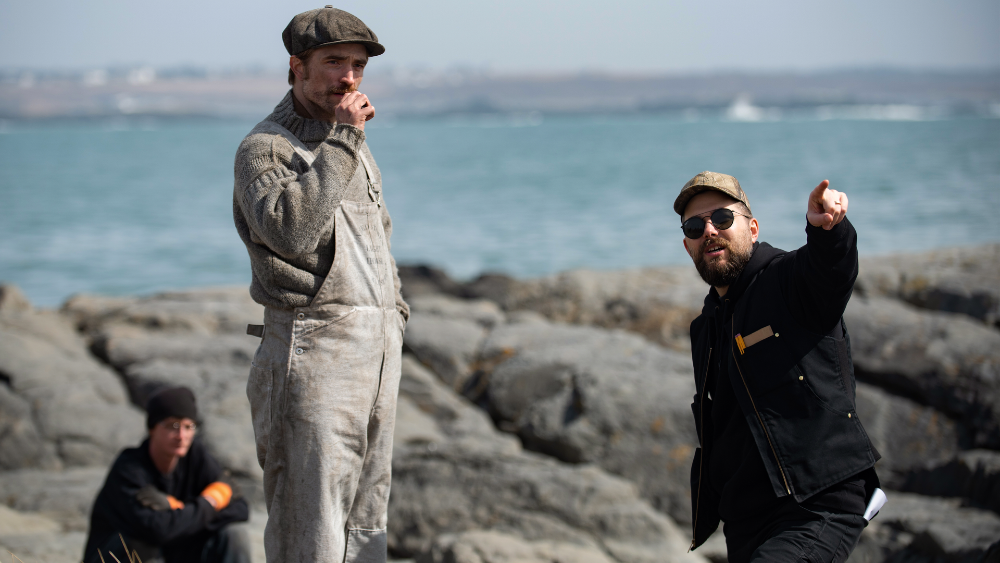
was written, and we were looking for financing, but no one wanted to make the movie, and I was very depressed that it was like year three of it. It took four years to find financing, but the third year, there was no movement, so I had dinner with my brother, and he said that he was working on a screenplay about a ghost story in a lighthouse. I became even deeper into my depression, because I was envious of such a good idea. A couple months later, I asked him how it was coming, and he said it really wasn’t working, so I asked him if I could take a crack at it. My intention, at the time, was to make something even smaller and more contained and cheaper than The Witch, because maybe someone would make that. Of course, how foolish was I that you cannot do a lighthouse movie without a storm, and you cannot do a storm inexpensively. Finally, The Witch was financed, and I left whatever bits and pieces of The Lighthouse I had. Yeah, we can talk about some bigger movies that I wrote, that I was trying to get green-lit, but in working on those studio movies and feeling more and more precarious every day, I called my brother and said, “Let’s do that lighthouse movie together.” That’s something that we were working on while I was trying to get other stuff done.
The Beat: I remember The Witch was at Sundance, and then it came out a year later. I’m sure after it played at Sundance, you were getting so much interest in having you direct other things as well.
Eggers: Yeah, but I got into a deal for writing an original piece with a large scope, actually, before Sundance oddly enough. But there you go. The fates weave their thread in mysterious ways, right?
The Beat: Totally, that’s the movie business. A lot of people don’t realize when a movie comes out that someone has been trying to get it made for 10 or 11 years sometimes.
Eggers: Occasionally, I’ll be at a wedding, or something, talking to someone who doesn’t know anything about the industry, like not remotely, and they’ll say, “Oh, so you took a break for five years?” and I’m like, “No, I was working 18 hours a day totally trying to get something made!” You know?
The Beat: Was A24 on board pretty much from the beginning once you decided to get back to this? Or did they come on board later as well?
Eggers: RT Features were the first people to come onto The Lighthouse, and then Regency and A24 quickly followed. It was a fantastic collaboration between the three of them, and I don’t want to sound sycophantic, but, I mean, I’m really truly grateful, because they gave me incredible unprecedented freedom to make whatever this thing is.
The Beat: Regency tends to do a lot of big studio movies with Fox.
Eggers: Yeah, but they’re making studio films with [Alejandro] Inarritu, and with James Gray, and with Steve McQueen, you know?
The Beat: So they understand the artistry of a filmmaker’s vision?
Eggers: Yeah, absolutely. I mean, they gave great notes. They were incredibly supportive. Yeah, they’re great.
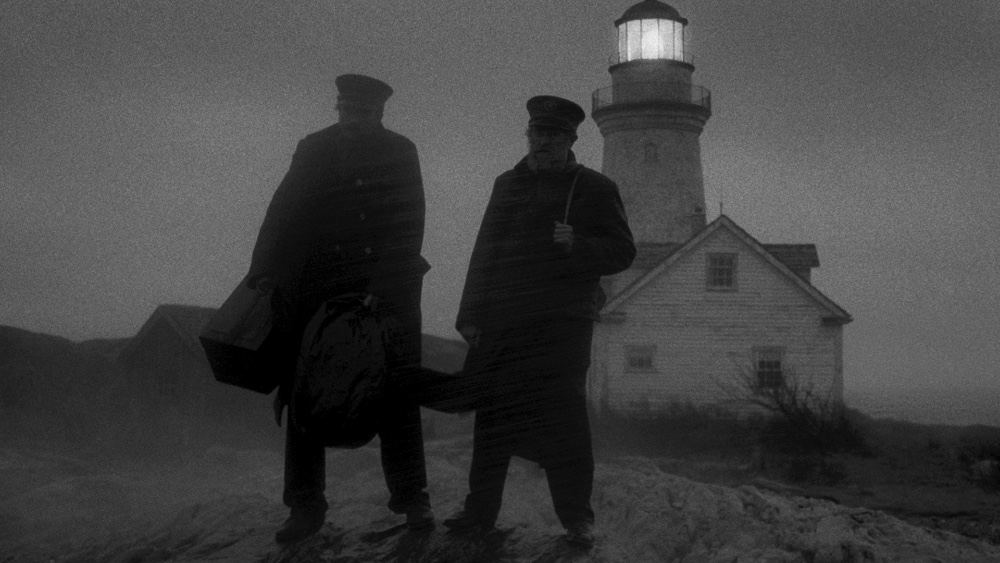
The Beat: Once you had the script and knew you had to find this location and find the two actors, what was the next step once you decided this was the way you were going to go?
Eggers: Willem and I were trying to find something, and Rob and I were trying to find something, but I didn’t write it for them, because I don’t tend to do that unless I know 100% for certain that an actor’s going to say “Yes.” But Ellen in Nosferatu, I wrote for Anya, right? But I rarely write with an actor in mind. When this looked like, strangely, of all the things on my slate, that this was going to be the one, who else could play these roles but Willem and Rob? I mean, it’s really impossible to imagine anyone else. I mean, Willem … his dialect is incredibly well-researched and based on facts, but to all ears, he’s doing a pirate accent but credibly, and only Willem Dafoe could do that, right? So they came on very quickly, and because this was all moving, we had to make the decision that Nova Scotia would work. We did a scout there. We hadn’t found the spot, but I felt confident we could find the spot. And our second scout, we found the incredible, punishing, brutal, inhospitable location of Cape Forchu, which was perfect in every way, because as well as being hellish, it had great road access. So we could make a movie there practically and build our lighthouse there practically.
The Beat: So you actually built the whole lighthouse?
Eggers: We built every single building in the film, including the 70-foot working lighthouse tower that supported a one-ton Fresnel lens.
The Beat: Is it still there?
Eggers: No, because it was still built like a set, so…
The Beat: That’s still pretty incredible to even imagine that. I assume you still did some soundstage work in this, but I didn’t realize you built the building…
Eggers: I mean, we built the fog siren house, with the giant foghorn and that stuff.
The Beat: That’s a shame it’s not still there since that area could have used a good lighthouse I’d imagine.
Eggers: Well, the town in Nova Scotia wanted to keep it, to compete with the picturesque lighthouse on Peggy’s Cove, but unfortunately, shake shingle and clapboard buildings would have lasted a while, but the lighthouse itself would have disintegrated.
The Beat: I can only imagine what it was like shooting this movie out there with just two actors but I’d imagine a fairly big crew. Did you all stay out there or were you all able to get out of that location at the end of the day, unlike those two characters.
Eggers: Look, me and Robert Pattinson and the producers and stuff stayed in a bed and breakfast that was 20 minutes away in the fishing village. Willem stayed in a fisherman’s cottage that was five minutes from the location. I mean, there was a coffee shop, and it’s a rural fishing community, so we were definitely out there. We did do some stage work in warehouses in Halifax, so we moved back into something more cosmopolitan halfway through the shoot, but yeah, we were out there.
The Beat: I want to ask about the decision to do it in black-and-white, which I’m sure you’ve been asked about a lot, and using the Double-X film stock, which I’m not sure how easy or hard it is to get, but it’s a very specific format and look. What drove the decision to go that route?
Eggers: When my brother said, “ghost story in a lighthouse,” I immediately pictured this black-and-white crusty, dusty, rusty, musty atmosphere. I just pictured that first dinner scene shot, like something close to that. I just don’t see how you could possibly have made this film in color. I think it would’ve somehow taken you out of the world in some way. Also, if you’ve seen old movies, even if you can’t describe what the specific contrast ratios of Double-X are, you remember a certain feeling of the way the blacks bottom out. You can just feel that it’s this primitive film stock that hasn’t changed since the ’50s. We also had a custom orthochromatic filter to make it more like orthochromatic film stock, which, among other things, it’s sensitive to UV light, and it’s not sensitive at all to red. The UV brings out like pimples you had 20 years ago, and then the fact that it has no sensitivity to red makes it so that any red in a Caucasian face renders darker. When you look at silent movies in Hollywood, part of the reason that we have the white pancake makeup is not just because of theatrical traditions, but because without it, you look like those tan Eisenstein guys. That’s why they’re so tan in those Russian movies is because of the film stock, and we wanted Rob and Willem to look like these salty seamen, and that would help us in creating that.
The Beat: They must have had some aspect of makeup on them.
Eggers: Only a bit of dirt and a little bit of breakdown, so some alcohol-based stuff to accentuate if they’re hungover or darkness under their eyes a little bit, but not traditional movie makeup in that way.
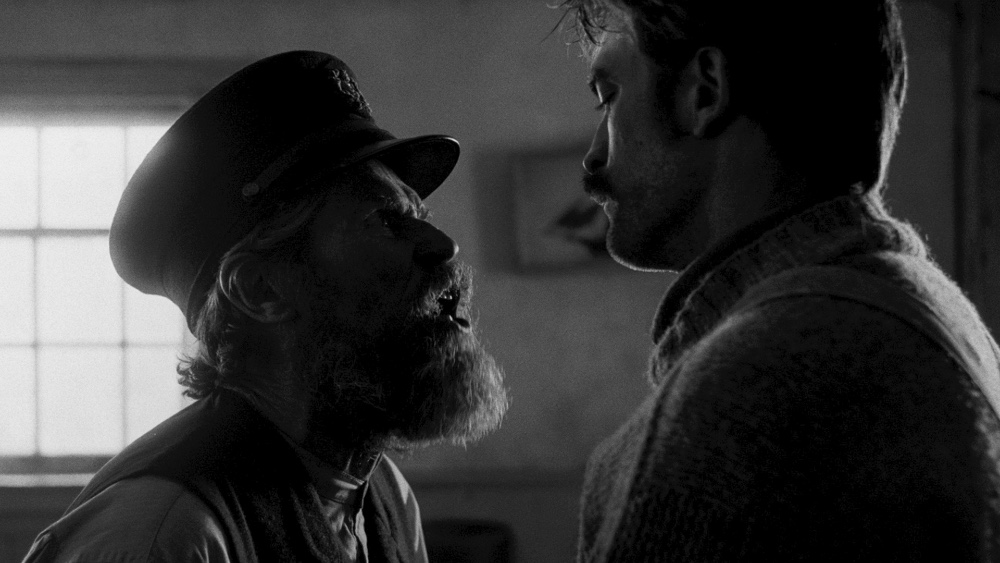
The Beat: This was shot in black-and-white, because I think a lot of times these days black-and-white movies are created in post after the fact.
Eggers: I like the primitive quality of Double-X, but there are some challenges. The main challenge is that it requires so much more light to get exposure than any modern film stocks and certainly the digital cameras. The Witch, we shot all with candles on a digital format, and we could’ve shot The Witchwith flame also if we shot on film. But this movie, yes, we’re using period-correct kerosene lamps, but we don’t have a wick in there, we have a 600-watt halogen bulb on a flicker dimmer, that’s just BLINDING.
The Beat: Are there any pictures from the set of what that looked like?
Eggers: Yeah, and you’ll see us lighting a night exterior with the crew wearing sunglasses.
The Beat: You can’t really monitor something like that live, right? So you have to film stuff and then send it off to develop and see what it looks like, so was there a place nearby where you could get dailies to watch?
Eggers: The dailies were on a delay, because the best place to process the dailies was in L.A., FotoKem, so there was a delay on the dailies, which was about frustrating, but what can you do? It was worth it.
The Beat: But you had the location, at least, so if you had to reshoot stuff…
Eggers: Yeah, certainly. We didn’t tear down the lighthouse until we knew that we had shot out what we needed.
The Beat: I want to ask about some of the supernatural elements in the movie, as not to spoil them, but was there a way to do some of that practically on set or was there visual FX you knew you’d have to do and worked on that beforehand.
Eggers: There’s very little CG in the movie. I hope it seems as such.
The Beat: I can’t tell, which is why I’m asking.
Eggers: The mermaid is 100% practical, and all of our seagull actors are real seagulls. I mean, not the one that [SPOILER ALERT}. But yeah, I mean, I like to do things practically. I think CG is an incredible tool to clean things up and to fit practically shot puzzle pieces together, but I seldom wish to use CG to make anything. Especially, I think, like if I did a movie with airplanes or spaceships or skyscrapers and things — which I don’t think I would do — I feel like those shapes are rendered quite realistically often with CG. Because I’m stuck in the past and everything is much more organic, I find that, that stuff generally is not very successful, so it takes you out of the film. And it’s more fun to have a 70-foot working lighthouse and a mermaid with her tail, there with you than to have a 20-foot of a conical brick structure, knowing that there’s going to be a lighthouse there.
The Beat: There’s also a giant octopus tentacle that makes a couple appearances.
Eggers: Yeah, I mean, most of the time, that’s 100% on set.
The Beat: Where do you go from here? I mean, do you back to working on these other things you were working on?
Eggers: I’m doing something that I’ve been working on for two years, and I hope it’s greenlit, and I’m moving to Europe in couple months, supposedly, but I know enough, as we’ve discussed earlier, that unless I’m on set saying, “Action,” I don’t know. It could be five more years of absence, and then I’m coming out with the third and final installment of the New England folktale horror trilogy. I don’t know.
The Beat: I’ve only become a fairly recent Nosferatu fan having watched the original and Werner Herzog ones at the Metrograph. Do you have a preference to those movies that you made you want to tackle it?
Eggers: I mean, I’m quite obsessed with the Murnau film. It was one of the first non-canonical Hollywood, Disney, Spielberg, Star Wars movies I ever saw. I saw it when I was in elementary school. I saw pictures of Max Schreck in a library book, and I was like, “I need to find this movie.” It was not easy to do in rural New Hampshire in those days, but we ordered a copy, it came, and I just wore the tape out – which is odd for an elementary school student, but it was something I was really into. Then in high school, I did a cardboard senior-directed play of Nosferatu, and a local theater impresario saw that, and then invited me to mount a semi-professional version of it at his theater. That’s what made me want to do what I do, so Nosferatu is very important to me. I have a lot of fondness for the Herzog one. I think if I’m being objective, I’ve got a lot of problems with it, but I love Herzog and I love Kinski, and I love Adjani. But it’s hard to have a horror movie that’s mostly front-lit all the time, but that’s just part of the pleasure of Herzog’s badness, you know?
The Beat: Well, if you do end up making Nosferatu, I’ll be the first person in line to see it.
Eggers: Okay, cool. That’s awesome.
The Lighthouse opens in select cities on Friday, October 18.


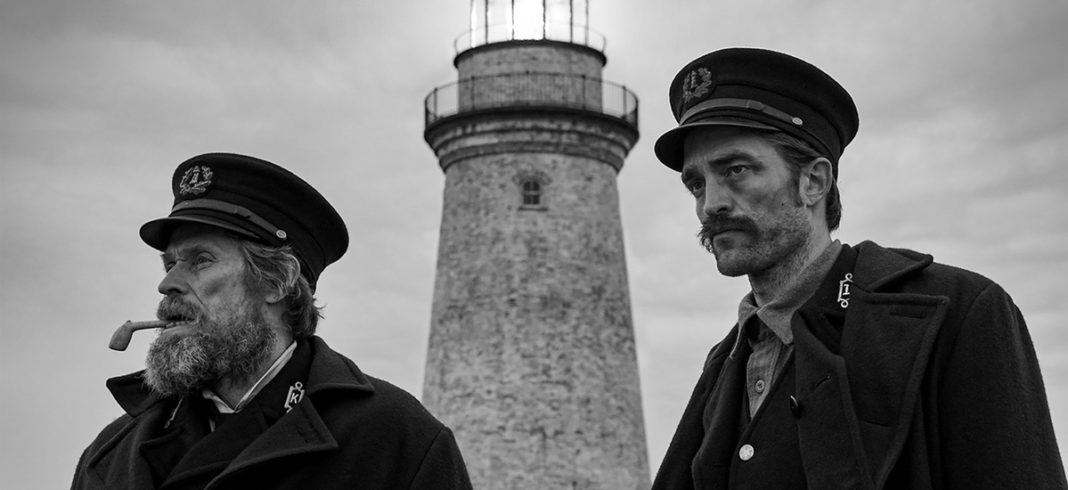
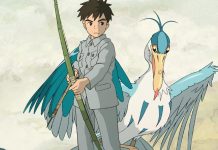

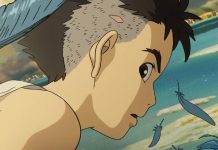



Comments are closed.